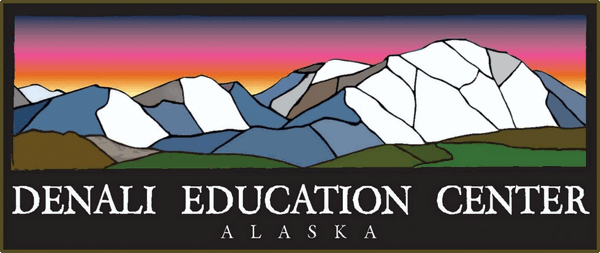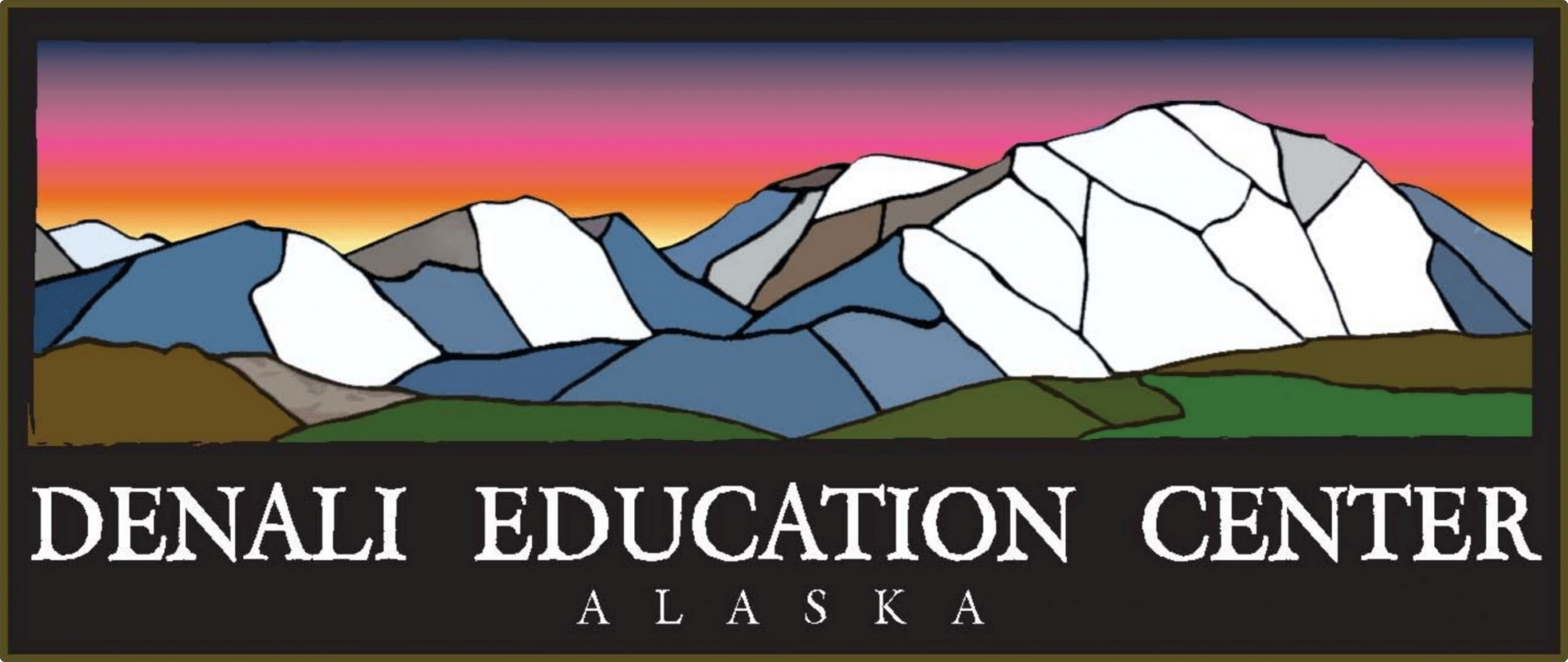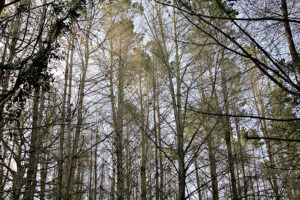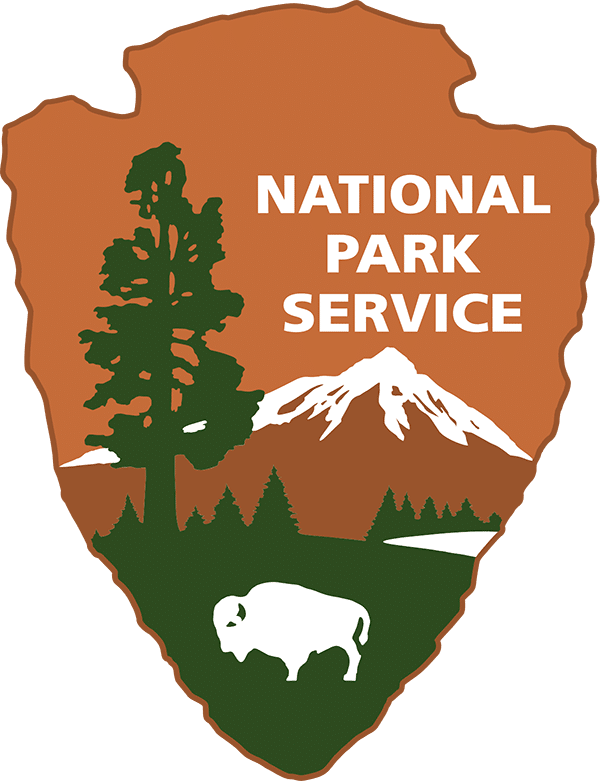For the holiday season here in the north, many of us enjoy the privilege of harvesting our own Christmas trees. Most of us needn’t hassle with special permits, traffic lines and added expenses but get to enjoy the cold pure air along with the harmonious company of friends and family as we traipse through the woods on our annual Christmas adventure. The priority is to have fun and hopefully, select a tree in need of culling to release some space for a stifled neighbor. Most of us in the Interior only have 2 choices among the conifers to select from, the black spruce(Picea mariana) or the white spruce (Picea glauca). The black spruce is a small to medium-sized tree with 4-sided, pale blue- green needles. The rounded purple-brown cones grow near the top of the trees. They tend to grow in bogs, muskegs and other wet areas throughout the interior and south central Alaska. The white spruce is a bigger tree (usually) which has 4-sided blue-green needles up to 3/4 inch and light brown, elongated cones up to 2 inches long. This is the most common tree in central Alaska and grows in woodlands and many other habitats.
Black and white spruce trees are easily distinguished by their needles which grow from woody pegs along the branches. Also, it is much easier to roll a spruce needle between your fingers than the two-sided needles of other evergreens. These conifers (cone-bearing trees) that endure the cold, harsh, rather dry climate of the sub arctic cover much of the area that was once covered by ice sheets of the most recent ice age about 18,000 years ago. As the ice sheets began to melt, the evergreen forest invaded the area and began their slow march north. The climate is still changing and trees are still migrating as the geographic range of every species changes continuously. Trees invade new territory when it becomes hospitable, and die out in areas when it becomes inhospitable. The conifers have an advantage over hardwoods in the north because the small needlelike leaves do not dry out as easily and because evergreens carry on photosynthesis whenever the weather is warm enough, even though those warm days are limited to a fairly short season here. Conifers are also better adapted to inferior soils.
Not much time has elapsed since the last ice age for deep rich soils to develop and only a thin layer of organic material (if any) coats the bedrock. But because evergreen leaves last for several years its demands for nourishment are less than for deciduous trees which have to grow a whole new set of leaves every spring. Likely, the most important adaptation of northern trees is their cold hardiness. Herbaceous plants that die back to ground level in winter are protected by the insulation of snow and whatever soil they grow in. The cold hardiness of our northern trees have a different way of surviving temperatures that go below -40 degrees Fahrenheit (or -40 degrees Celsius as they are the same on both scales). In very hardy trees there are a great number of small, empty spaces where liquids inside the living cells can ooze out into and freeze in these spaces. Since the ice crystals do not freeze inside the living cells they will not do any damage to them. Among the hardwoods, there are only 3 species which are very hardy and can do this, they of course, are the ones we see here, Paper Birch, Aspen, and Balsam Poplar (along with a number of alders and willows).
The one other conifer which we have here is the Tamarack (Larix laricina), which grows in the muskegs, floodplains and wet areas in the Interior. The tamarack or larch tree is the only deciduous conifer in the North. In summer the leaves, which grow in tufts from their stubby twigs, are soft to the touch (unlike the spruce needles) and are lighter green in color. In the fall the leaves (or needles) turn yellow and are shed before winter. The larch tree has the typical “Christmas tree” shape of other conifers and their bare winter branches are covered with knobs or spurs which will bear the leaves for the next summer.
These boreal forests meet a need that is at least as great as those forests which provide tremendous board feet for forest “products”. Being able to go out into an undisturbed habitat where ecological communities can maintain themselves is a vanishing privilege. Wilderness forests as ecological reserves to preserve biological and genetic diversity can remain available for nondestructive enjoyment. But no tree is “free”, we can pay for our Christmas trees by helping to prevent commercial exploitation so the peace found within nature will remain in our lives here in the North.




